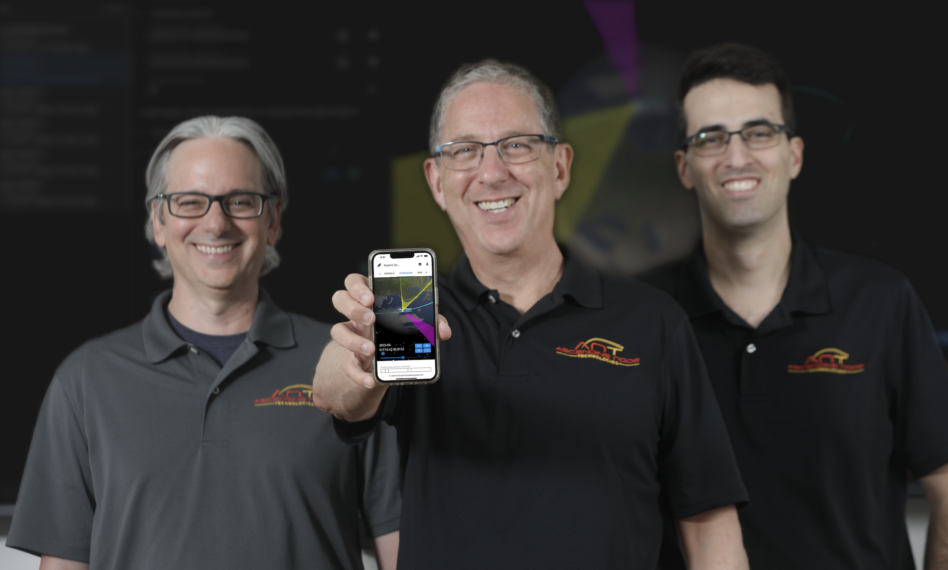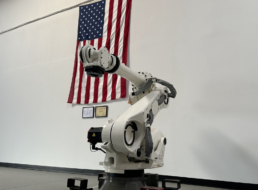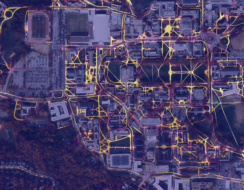Ascending Node Technologies (ANT) launched its Spaceline 3D mission visualization software to help mission operators plan and optimize their flight paths, the company announced Monday.
There’s got to be a better way: The idea for Spaceline arose out of frustration. Founders Sanford Selznick, Carl Hergenrother, and John Kidd all worked on the OSIRIS-REx mission to collect samples from the asteroid Bennu.
They saw firsthand how cumbersome the mission planning stage can be—global teams would use a Dropbox-style system to share multiple datasets that engineers had to sift through to run complex calculations. All in an attempt to understand their mission without being able to visualize it.
Spaceline simplifies this process in three ways:
- Data management: Spaceline centrally houses all mission data on secure AWS servers, automates data analysis, and plots the geometric trajectory of the mission. The system can be accessed anywhere.
- Mission tracking: Spaceline visualizes this data along multiple axes, so engineers can track the path their spacecraft will travel down to the millisecond, identify possible collisions, and adjust their mission trajectory accordingly.
- Visualization: The software allows engineers to see what their spacecraft will see. It can render an image based on the flightpath and orientation of a spacecraft’s onboard camera, so that mission operators can plan ahead to capture the images they will need.
Show me the money: Even though Spaceline is just now taking on customers, ANT has already posted some commercial successes. The company has been awarded seven SBIR grants totaling over $2.7M and is working with NASA’s Aspera mission, which will study other galaxies from LEO, as a proof of concept.
At $40,000 a year, the service hopes to help increase access to space by drastically reducing the time and effort involved in mission planning.
“If we find one single problem and help them get over that, the software has paid for itself,” Selznick told Payload.




